W
e Sicilians, you know, are very attached to our land, but when we have to choose a product between the regional and the national one, we get caught up in a spirit, let me say, “racist” towards our producers and immediately become xenophiles, boasting to choose the product, not only for the best organoleptic qualities, but also, unfortunately, because “it’s cool” to buy that product. In short, provincialism pursues us, but at what cost? Certainly at the cost of our health. We analyze, below, two examples of pasta much purchased by our countrymen and what they write on their labels:
Pasta Garofalo: non in molti sanno che nel 2014 la Ebro Foods (gruppo multinazionale che opera nei settori del riso, della pasta e dei condimenti, quotato alla Borsa di Madrid) è entrata nel capitale sociale del Pastificio Lucio Garofalo S.p.A., rilevando una quota del 52%. Garofalo has recognized Ebro Foods as a strategic industrial partner. An important note is that Garofalo maintains firm identity of the company and of the product and that development, the Campania group is keen to specify, will continue to be led by the headquarters in Gragnano. Therefore, an important partnership that manages to give the Campano group a strong edge in the sector making it a product of the highest quality, positioned in a high range and above all with the IGP brand (we wonder if it is correct to keep the IGP brand but we have since in the specification there is no mention of exclusive production with Italian grains so …)
Pasta Rummo: known to most after the cry of pain of one of its employees during the flood of 2015. The solidarity campaign to help the pasta factory started with the hashtag “#saverummo”. Beautiful representation of solidarity by all Italians and since then, we read it from the statistical data of the large-scale retail trade, Rummo takes full possession of the Sicilian tables, also because buying Rummo with that captivating package of his “it’s cool” … how many “pictures ”Of stalwart self-made cooks we can see on the facebook pages highlighting that they only use Rummo pasta. This product is also inserted in a high end of the market and is certainly a pasta that keeps cooking and that manages to be appreciated. The family-run company has spent a lot of effort over the years and has certainly chosen rewarding sales strategies.
What, then, do these two companies have in common? Certainly honesty in writing the origin of the grains on the label; and I must say that it is very appreciable, so the consumers who choose them know that they are buying a product with raw materials coming from abroad: Australia, Arizona (where one of the best-selling and most prestigious grains in the world comes from, or at least , Arizona, a region that has been able to give its product the right recognition, but we will talk about this on another occasion) Of course this grain has to go a long way, all crammed, tightly packed and maybe with some mycotoxin to company, but surely it will be avoided, how? Chissa…
Let’s remember that pasta is basically made from two ingredients: water and durum wheat semolina. For this we must expect clarity and above all healthiness! We learn to buy and choose … and every now and then we buy Sicilian because, you know, the “Made in Sicily” is very cool!
See you next time!

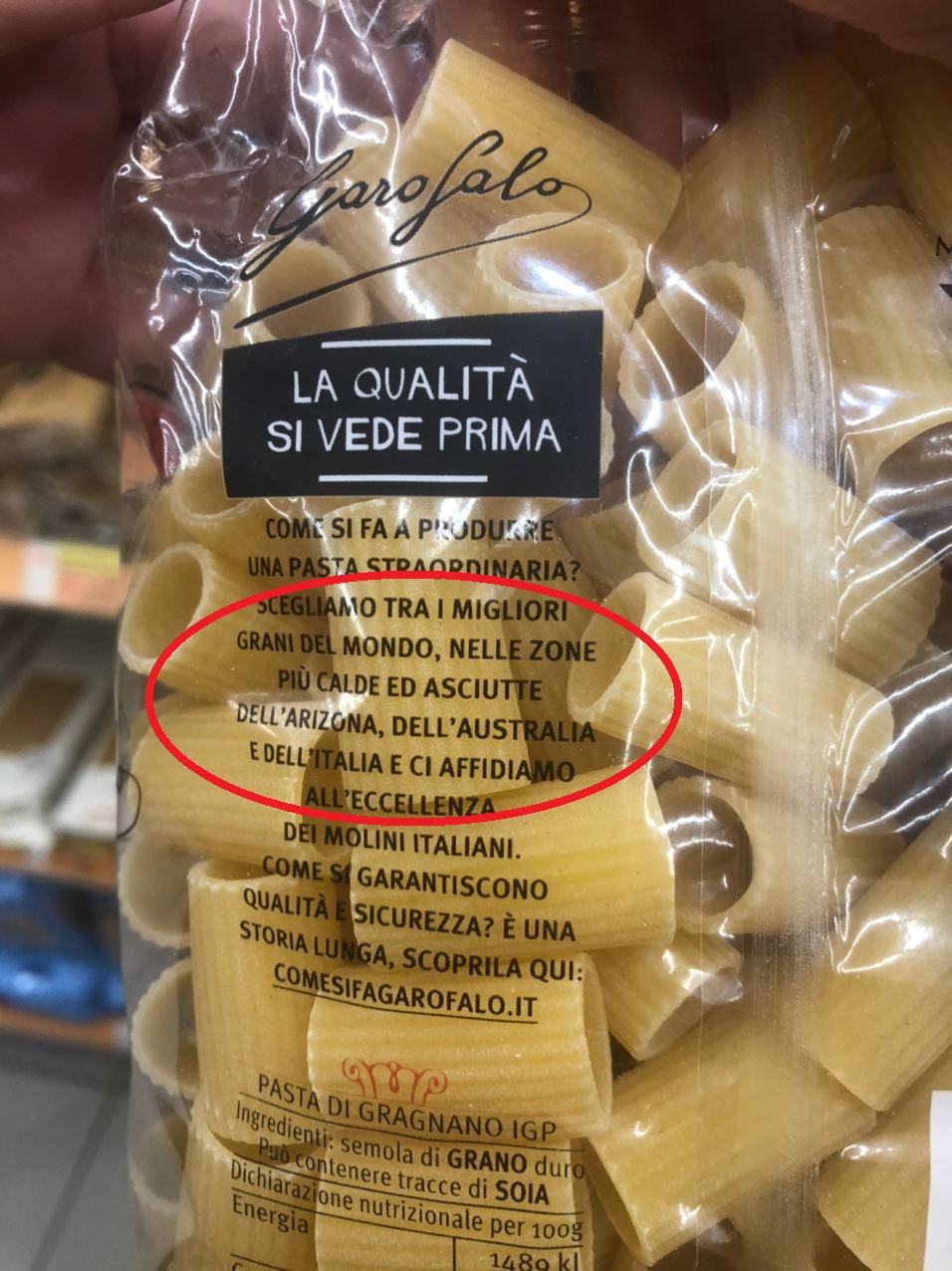

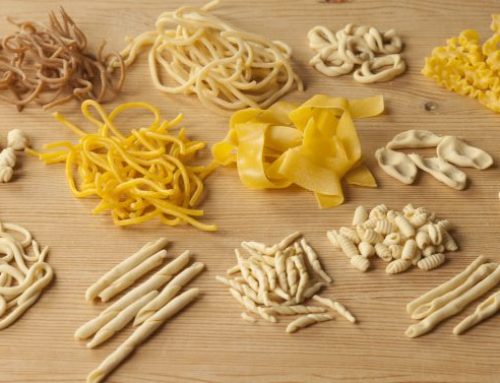
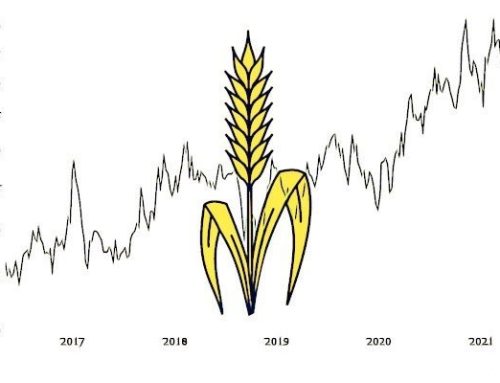
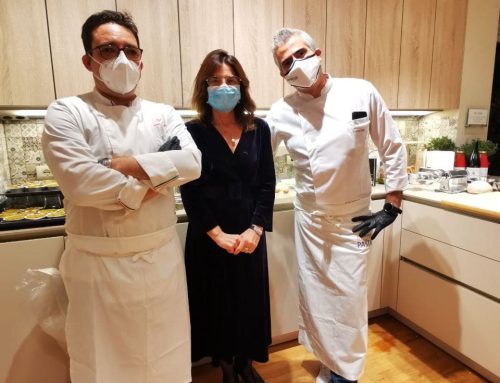

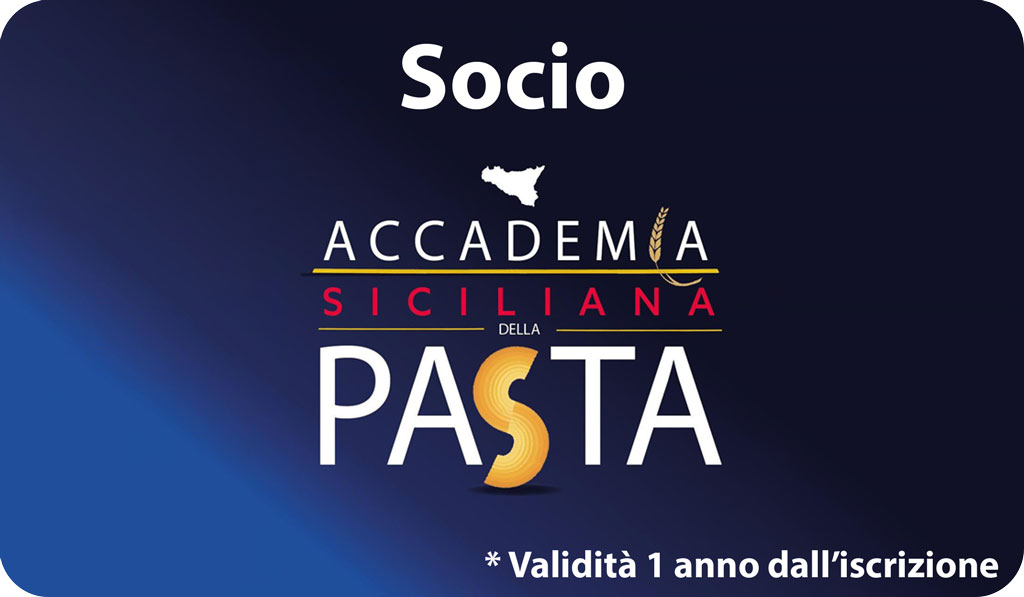
Leave A Comment